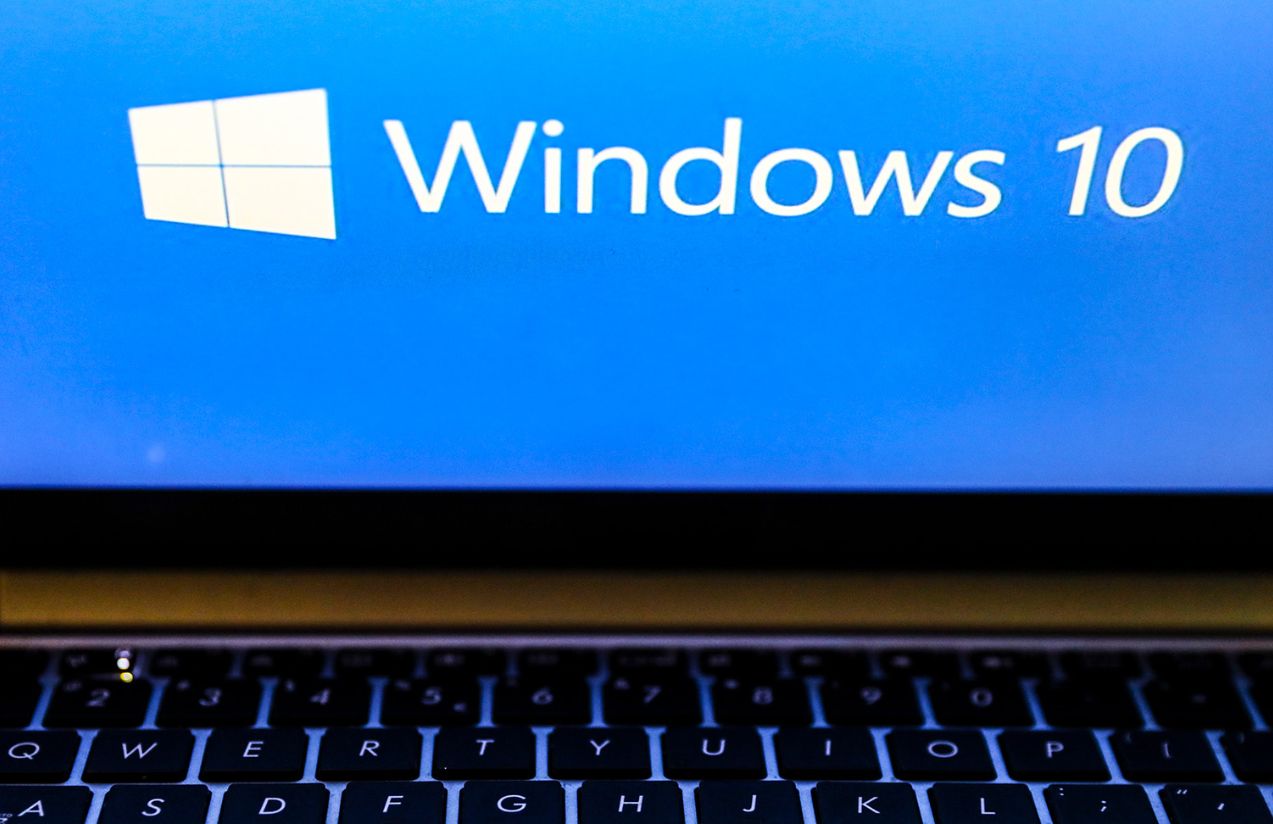Surely, more than once, you’ve sat down in front of your computer only to see Windows downloading an update. It asks you to restart—or worse, it does it without even asking. In recent years, Microsoft has changed the rules a bit, giving users more control over when to install updates.
Windows updates—and updates for any operating system, really—are crucial for keeping everything running smoothly. However, they don’t always bring new features, as many people think. Their main purpose is to fix bugs and, most importantly, patch security vulnerabilities that cybercriminals could exploit.
Microsoft has always prioritized these updates, sometimes even at the expense of user convenience. Fortunately, that has changed somewhat in recent years.
Windows 10 was released in 2015, and Windows 11 arrived in 2021. At that time, Microsoft announced that it would stop supporting Windows 10 in 2025, meaning no more updates.
Whenever Microsoft detects a security vulnerability, it either releases an emergency update or includes it in its weekly update package. And here’s the issue: no operating system is completely secure. If a vulnerability isn’t patched, it becomes a security risk because cybercriminals will find ways to exploit it.
That’s exactly what will happen when Windows 10 stops receiving security updates on October 14, 2025. If your computer is compatible with Windows 11, it’s best to upgrade as soon as possible. The process is free and will allow you to continue using your device safely.
If your PC isn’t compatible with Windows 11—likely because it lacks the TPM 2.0 chip—you still have time to save up and upgrade to a new device before that deadline.
Now, if you prefer to keep using Windows 10 after 2025, there’s another option: subscribing to Microsoft’s extended support plan, which costs $30 per year. This service isn’t designed for individual users but rather for large companies that haven’t had time to upgrade their systems.
The extended support plan only includes security updates and can be renewed for up to three years. This means you could keep using Windows 10 safely until 2028, but you’d have to pay for it every year.
After 2028, Microsoft will completely phase out Windows 10. If you don’t want—or can’t afford—to buy a new computer and your current one still works fine, the best alternative will be switching to Linux, specifically Ubuntu, one of the most complete and user-friendly distributions.















